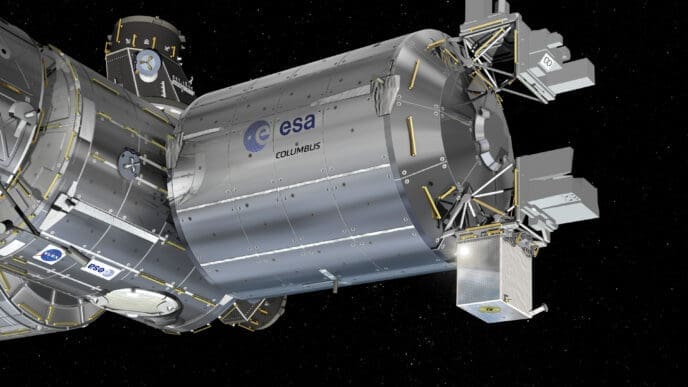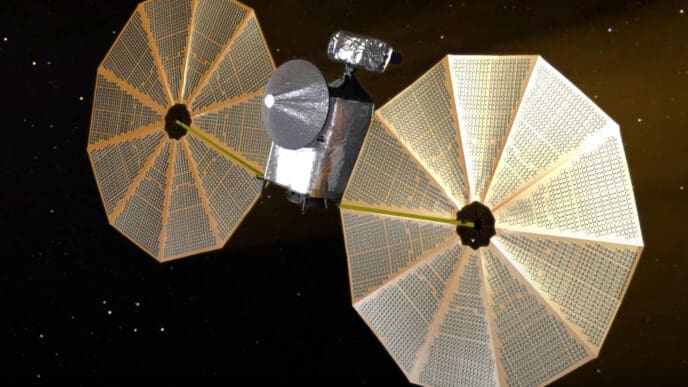Recent scientific developments have revealed intriguing discoveries across various fields, ranging from space exploration setbacks to behavioral shifts in wildlife and celestial observations in our solar system.
Astronauts aboard the Starliner spacecraft are experiencing unforeseen delays in their mission schedule. Although the reasons for this delay have not been fully disclosed, it highlights the unpredictable challenges faced in the realm of space travel.
In an unexpected turn of events, a new study has found that California squirrels have begun preying on another rodent species, showcasing a significant shift in their dietary habits. This behavior has not been observed before and poses questions about ecological impacts.
Astronomers have identified two distinct groups of unusual dark comets within our solar system. This discovery adds complexity to our understanding of celestial bodies and their behaviors, providing new opportunities for research into the components of our cosmic neighborhood.
Meanwhile, archeological efforts have led to the unearthing of what could be the oldest firearms discovered in the United States. Cannons thought to be from a doomed Spanish expedition were unearthed, offering insights into early colonial history.
In a backyard excavation, a homeowner in New York uncovered the jawbone of a mastodon, adding another piece to the puzzle of prehistoric life in the area. These findings further emphasize the rich historical narrative embedded in our landscapes.
Microplastics pose a growing threat to aquatic ecosystems. Researchers are investigating innovative solutions, such as utilizing sponges made from squid bones to filter these pollutants from water bodies, aiming to combat this pressing environmental issue.
The vibrant coloring of certain owl species, which was assumed to hinder their predatory efficiency, has been found to be advantageous. Scientists are beginning to understand the evolutionary benefits these colors may provide, reshaping assumptions about nocturnal hunters.
The potential hazards linked to the study of mirror life forms have been flagged as unprecedented by researchers. As scientific exploration continues, the need for careful ethical consideration becomes even more evident.
Lastly, new biological research suggests that mouse sperm, after having orbited the Earth, could hold keys to future human reproductive technology, exemplifying the intersection of space and life sciences.
These varied discoveries across disciplines underscore the diversity and depth of current scientific inquiry. From the microscopic to the cosmic, each finding not only advances our understanding of the world we live in but also highlights the continuous journey of exploration and discovery.












